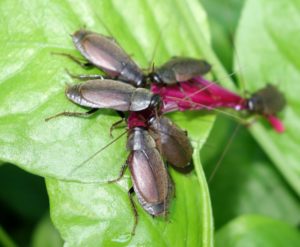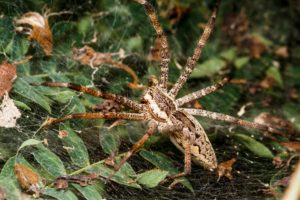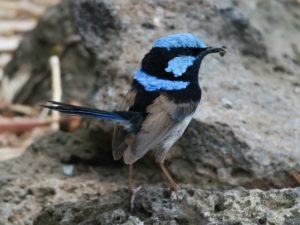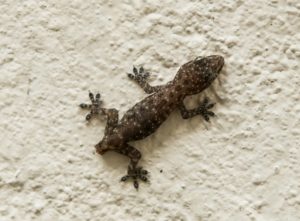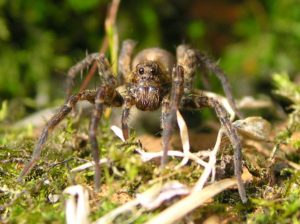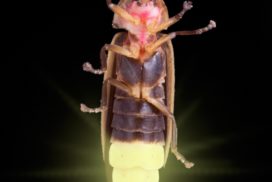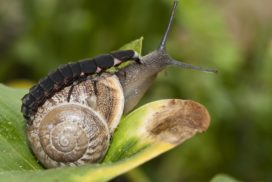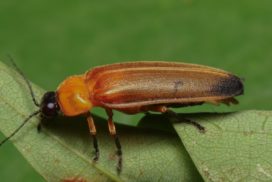HOW ARE FIREFLY LIGHTS PRODUCED?
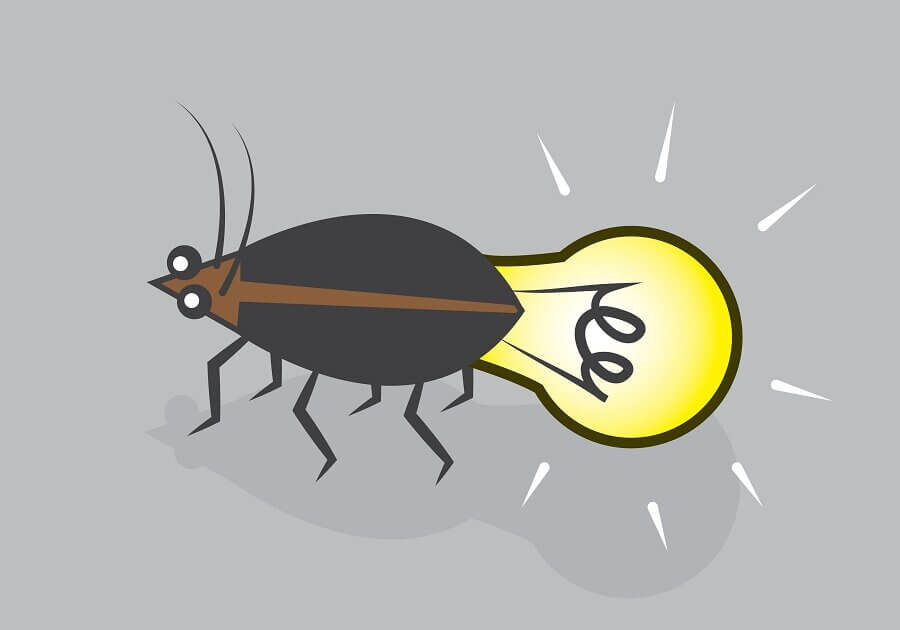
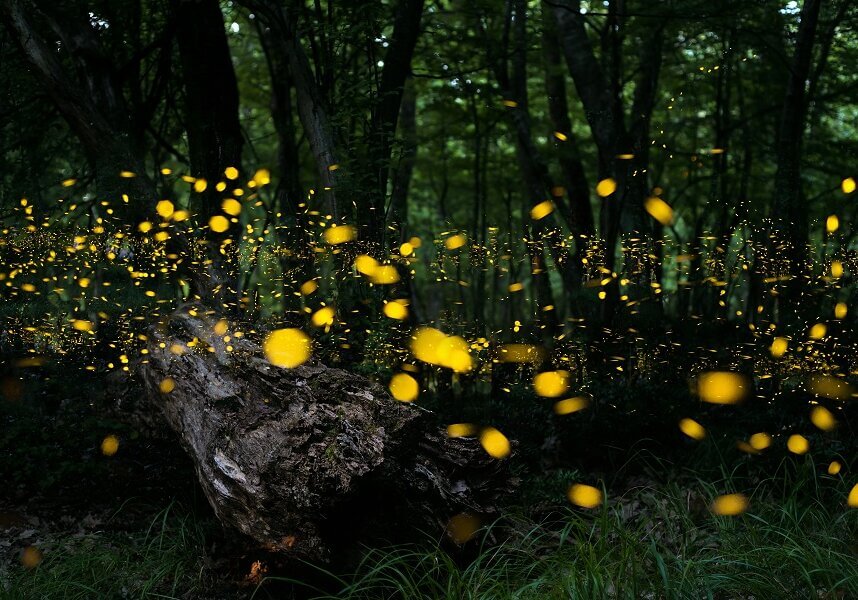
Fireflies produce light from a specialized organ located under their abdomen by taking in oxygen, which the particular cells combine with a substance called luciferin to produce cold light. The light organ of some fireflies such as the Photuris firefly has scales overlaying it that increase the brightness of light produced.
Researchers have discovered tiny scales on the surface of the light organ of fireflies that look like overlapping scales that tilt up at one end. The tilt of the scales is just 3 micrometers, which is less than 1/20 of the thickness of human hair yet it increases the brightness of the light, producing 50% more light than they would if they were flat. When scientists coated light emitting diodes (LED) with a surface similar to that of fireflies the LEDs produced 55% more light.
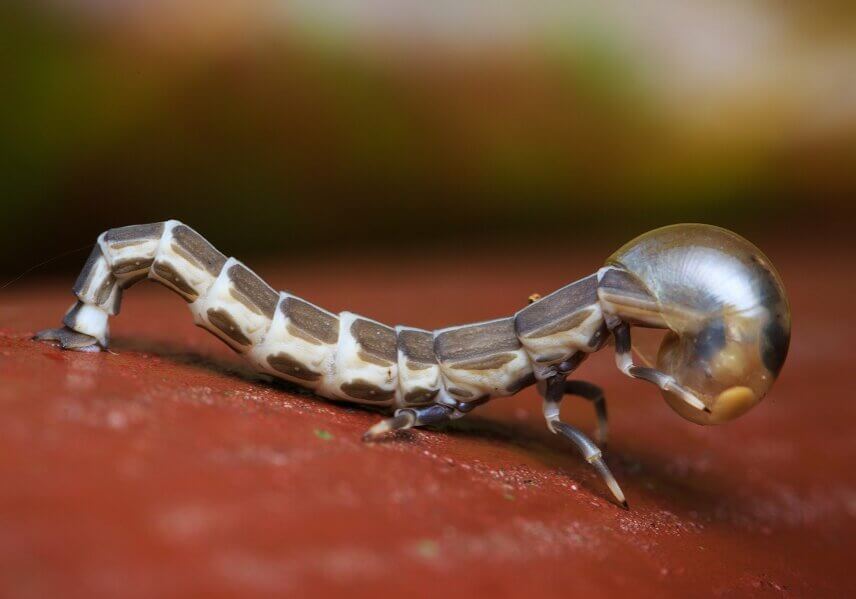

Recent posts
Join us on social media or subscribe!
Sign up to receive our articles in your inbox!
Enter your name and email address below to subscribe.
